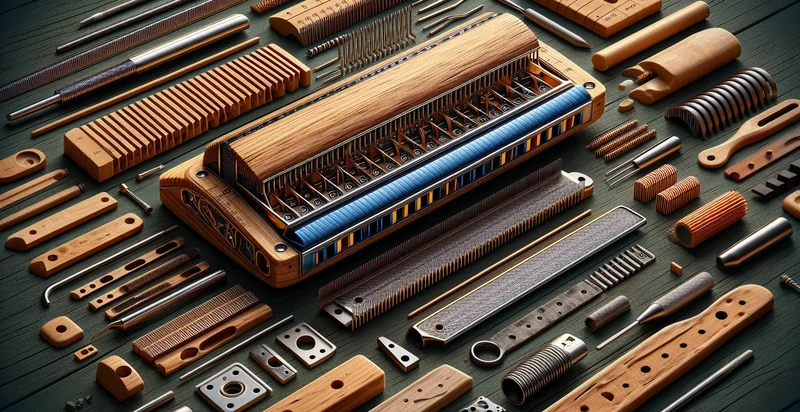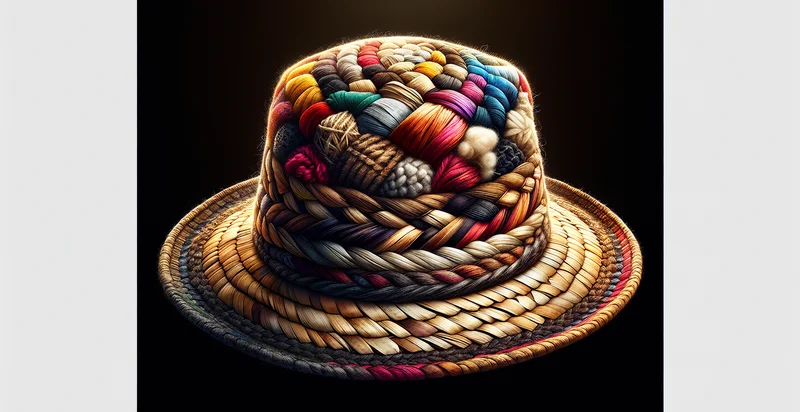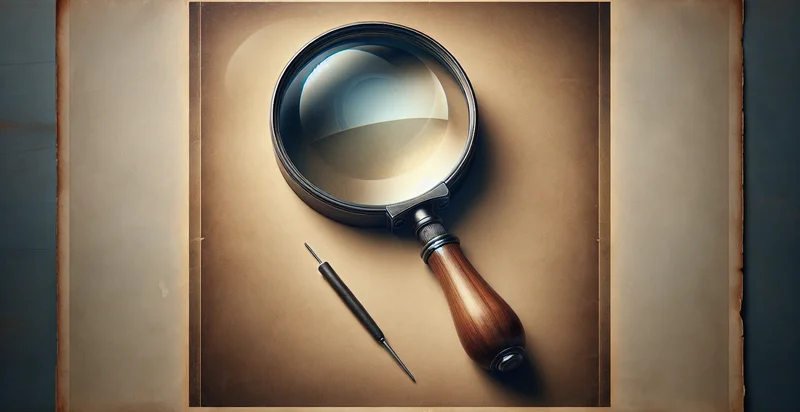Identify what material a harmonica is made from
using AI
Below is a free classifier to identify what material a harmonica is made from. Just upload your image, and our AI will predict what material a harmonica is made from - in just seconds.

Contact us for API access
Or, use Nyckel to build highly-accurate custom classifiers in just minutes. No PhD required.
Get started
import nyckel
credentials = nyckel.Credentials("YOUR_CLIENT_ID", "YOUR_CLIENT_SECRET")
nyckel.invoke("what-material-a-harmonica-is-made-from", "your_image_url", credentials)
fetch('https://www.nyckel.com/v1/functions/what-material-a-harmonica-is-made-from/invoke', {
method: 'POST',
headers: {
'Authorization': 'Bearer ' + 'YOUR_BEARER_TOKEN',
'Content-Type': 'application/json',
},
body: JSON.stringify(
{"data": "your_image_url"}
)
})
.then(response => response.json())
.then(data => console.log(data));
curl -X POST \
-H "Content-Type: application/json" \
-H "Authorization: Bearer YOUR_BEARER_TOKEN" \
-d '{"data": "your_image_url"}' \
https://www.nyckel.com/v1/functions/what-material-a-harmonica-is-made-from/invoke
How this classifier works
To start, upload your image. Our AI tool will then predict what material a harmonica is made from.
This pretrained image model uses a Nyckel-created dataset and has 15 labels, including Acrylic, Aluminum, Bamboo, Brass, Cardboard, Copper, Glass, Metal, Plastic and Resin.
We'll also show a confidence score (the higher the number, the more confident the AI model is around what material a harmonica is made from).
Whether you're just curious or building what material a harmonica is made from detection into your application, we hope our classifier proves helpful.
Related Classifiers
Need to identify what material a harmonica is made from at scale?
Get API or Zapier access to this classifier for free. It's perfect for:
- Material Verification for Quality Control: The false image classification function can assist manufacturers in verifying the materials used in harmonica production. By accurately identifying the materials, companies can ensure compliance with quality standards and maintain product integrity throughout the manufacturing process.
- Customized Marketing Campaigns: Brands can leverage the material identification feature to tailor marketing strategies for different materials used in harmonicas. By understanding customer preferences for specific materials, they can target campaigns that highlight unique selling points, such as sound quality or durability.
- Inventory Management: Retailers can utilize the identifier to maintain accurate inventory records based on the materials used in their harmonicas. This can streamline stock management, ensuring that they only offer items that meet customer preferences and demand.
- Repair and Maintenance Services: Music shops can employ the material identification function as part of their repair services. Knowing the specific materials can help technicians make informed decisions regarding repairs or replacements, ensuring that the loud and unique sound of the harmonica is preserved.
- Educational Tools for Musicians: Music educators can use the false image classification function as a teaching aid, helping students learn about the correlation between harmonica materials and sound production. This can encourage a deeper understanding of instrument craftsmanship and enhance students' appreciation for their instruments.
- Online Marketplaces Verification: E-commerce platforms can implement the material identification function to authenticate listings of harmonicas. This can help prevent fraudulent sales of low-quality instruments and ensure that buyers receive the genuine products they expect based on advertised materials.
- Competitive Analysis: Companies can analyze competitors’ harmonica offerings by using the material classification function. This insight can inform product development decisions, allowing businesses to identify market gaps and innovate new harmonica designs with a focus on material attributes that appeal to consumers.


